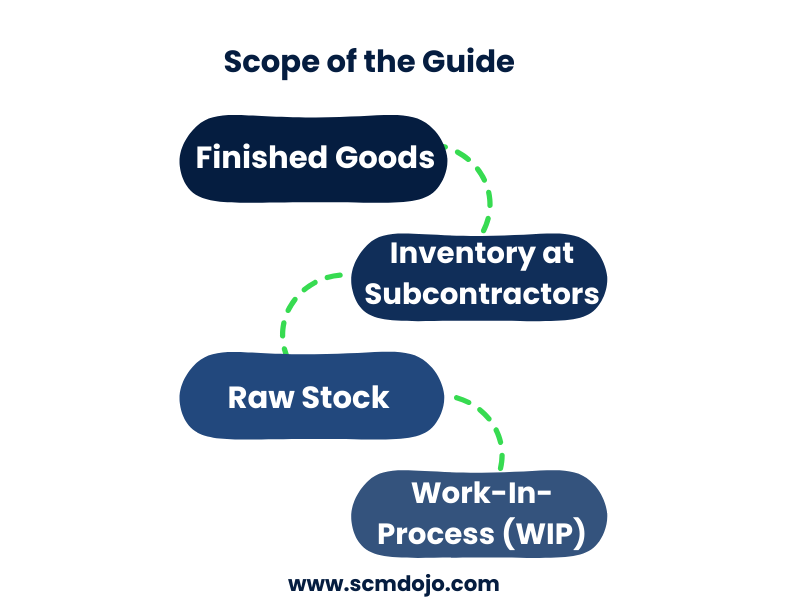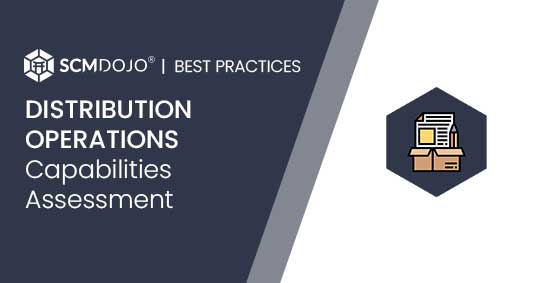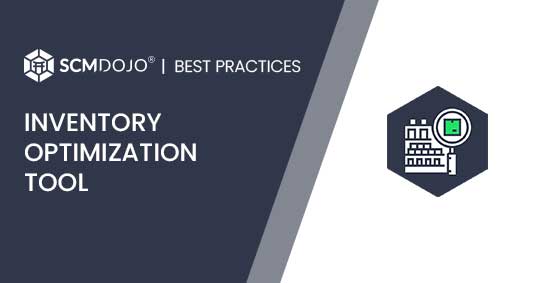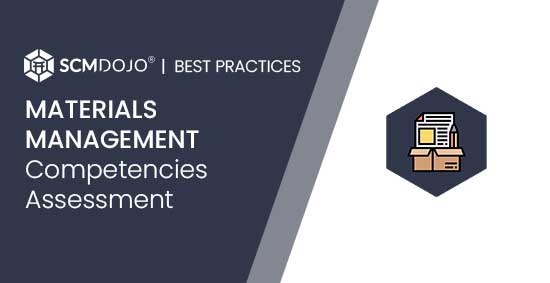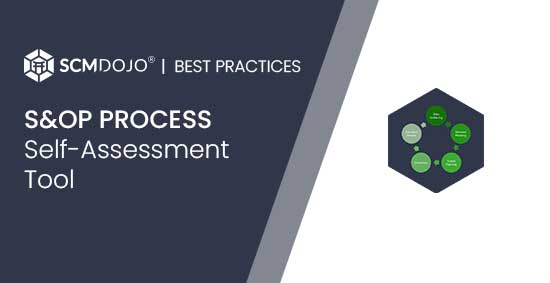Excess and Obsolete Inventory Policy Guide
- 1 Files
- 621.66 KB
$45.00
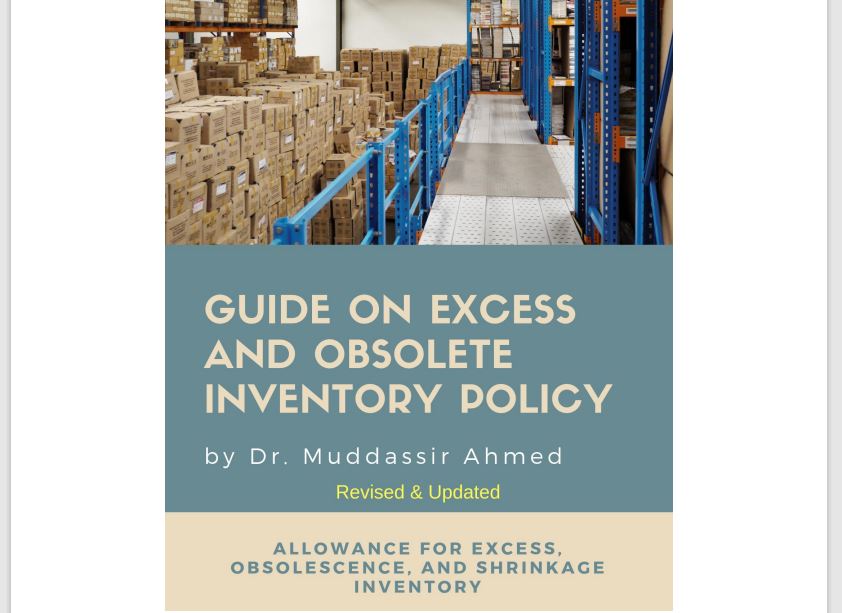
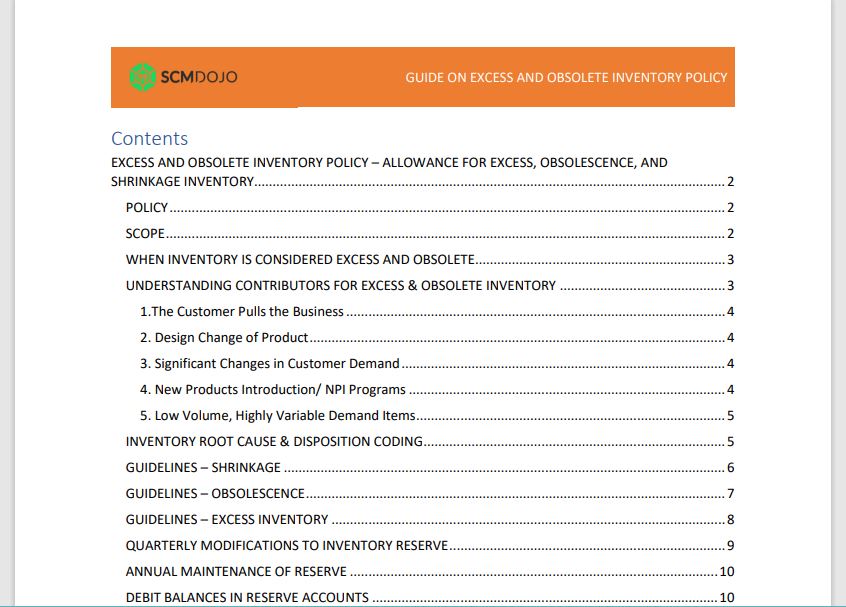
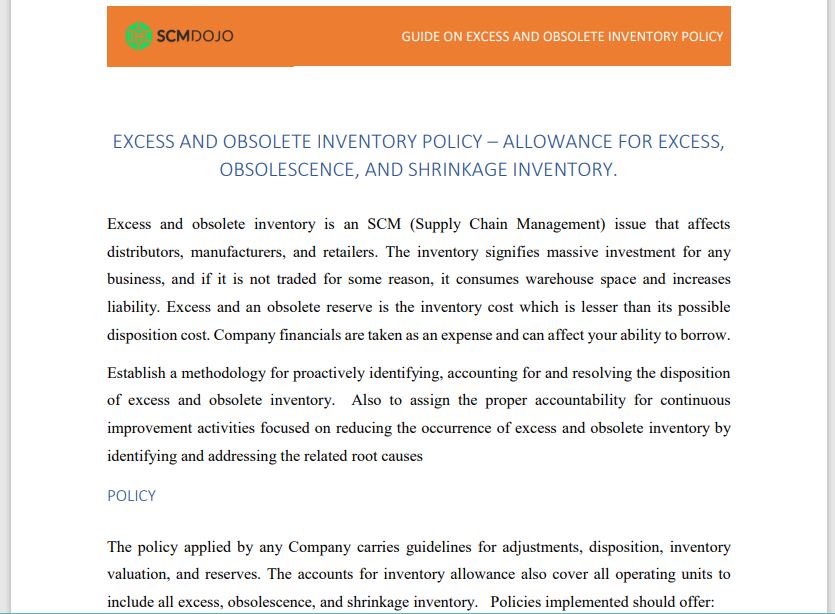
Are you drowning in excess and obsolete inventory, struggling to keep your ledgers balanced and your shelves clear? Look no further!
Our Excess and Obsolete Inventory Policy is your comprehensive guide to navigating the complexities of managing shrinkage, obsolescence, and surplus inventory within your organization’s allowance accounts.
Generally, companies record allowance reserves to account for inventory losses arising from shrinkage, obsolescence, and excess inventory. Regardless of the decrease in value, be it due to damage, deterioration, obsolescence, price fluctuations, or future demand changes, the difference should be recognized through an income charge in the corresponding period.
Discover the Advantages of the E&O Policy Guide
This guide aids in proactively identifying, accounting for, and addressing the disposition of excess and obsolete inventory. It also assigns accountability for continuous improvement activities focused on mitigating excess and obsolete inventory occurrences by pinpointing and tackling their root causes. Other benefits include:
Streamlined Inventory Reserves Evaluation
Regular assessment ensures accurate estimations quarterly.
Comprehensive Planning Strategies
Maintain accuracy across all inventory levels with robust planning tactics.
Coverage Across Various Inventory Items
From finished goods to work-in-process (WIP), our guide caters to all inventory categories.
Flexible Formats for Accessibility
Available in both Microsoft Word and PDF formats, offering convenience and customization.
Empowering Financial Controllers and Supply Chain Managers
Enable confident decision-making in establishing reserves for shrinkage, obsolescence, and excess inventory.
Alignment with Standard Policies and Procedures
Ensure consistency across business units, divisions, and manufacturing leaders.
Shift Towards Proactive Inventory Management
Move away from reactive practices and embrace proactive strategies to reduce excess and obsolete stock.
Enhanced Operational Efficiency and Profitability
Say goodbye to inventory headaches and hello to smoother operations and greater profitability.
Accessibility Through Gumroad for Global Users
For those without PayPal availability, access the files conveniently via Gumroad.
When implemented, the Excess and Obsolete Inventory (E&O) Policy offers:
- Regular inventory reserves evaluation to ensure accurate estimations quarterly.
- Comprehensive planning to maintain accuracy across all levels.
The scope of this guide encompasses all company inventory items, including:
- Finished Goods
- Inventory at Subcontractors
- Raw Stock
- Work-In-Process (WIP)
Spanning 12 pages with a word count of 2696, the guide is available in both Microsoft Word and PDF formats. It also enables customization for individual business needs.
The responsibility of establishing reserves for shrinkage, obsolescence, and excess inventory lies with each financial controller and supply chain manager, based on the recommended steps outlined in this guide.
Sector/Segment CFO/Controllers, or their designated representatives, can also utilize this guide for their business units, divisions, and manufacturing leaders to ensure alignment with standard policies and procedures guiding supply chain and financial controlling efforts.
From a materials management perspective, existing practices for identifying and reserving excess and obsolete inventory tend to be reactive. However, this policy shifts towards a proactive approach, potentially vital in reducing excess and obsolete stock issues for your business.
Please use this link to access the files via Gumroad for those without PayPal availability in their country.
Watch the Free SCMDOJO webinar on “Inventory Optimization Best Practices” for the Supply Chain Community.
Agenda of the webinar
– Sharing the best practices of inventory optimization
– What skills and competencies are required to build advanced inventory models
In Episode 25 of The Supply Chain Show, Dr. Muddassir Ahmed interviewed Claudia Freed CEO – EALgreen, who discussed how their organization is using Excess & Obsolete Inventory to change the lives of financially disadvantaged young people through college scholarships.
Access our Best Practices on our Website!
Distribution Operations Assessment Tool
Inventory Optimization Tool in Excel
Materials Management Competencies Assessment
Sales and Operations Planning Process Assessment
Ratings and Reviews
What's your experience? We'd love to know!
Write a ReviewThere are no reviews yet. Be the first one to write one.
No reviews found.
- Upgrade to
Pro plan to avail more discounts and perks - Unlimited access, anywhere, anytime
- Single-User License
- One-Time Payment
- Instant Download
Files Included
| 1 | Excess and Obsolete Inventory Policy Guide | 621.66 KB |
| 621.66 KB |
